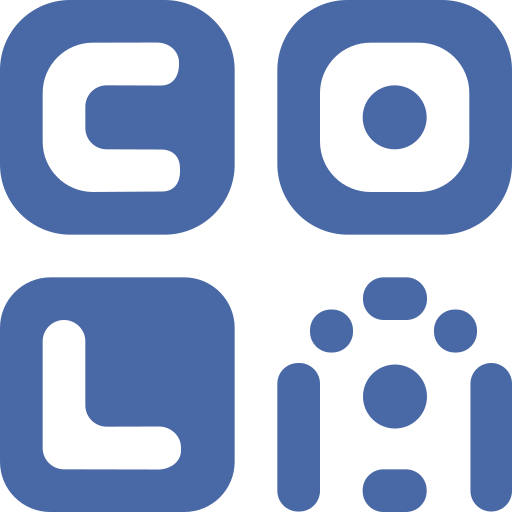A Deep Dive Into QR Code Error Correction: Why It Keeps Your Data Safe

QR codes have become incredibly versatile, used everywhere from marketing materials to payment systems. But have you ever wondered why they still work even when partially damaged or obscured? The answer lies in a clever feature called error correction.
What is QR Code Error Correction?
Error correction is a technique that allows QR codes to be readable even if a portion of the code is damaged, dirty, or missing. This is achieved by adding redundant data to the QR code, which helps the scanner to reconstruct the original information.
How Does It Work?
QR codes use a mathematical algorithm called the Reed-Solomon error correction code. This algorithm adds extra data to the QR code during its creation. This extra data, or "redundancy," allows the scanner to:
- Detect errors in the scanned data.
- Correct those errors to recover the original information.
Error Correction Levels
QR codes have four different levels of error correction, each offering a different degree of redundancy:
- Level L (Low): Can correct up to 7% of data loss.
- Level M (Medium): Can correct up to 15% of data loss.
- Level Q (Quality): Can correct up to 25% of data loss.
- Level H (High): Can correct up to 30% of data loss.
The higher the error correction level, the more redundancy is added to the QR code, and the more damage it can withstand. However, a higher error correction level also means that the QR code will be larger and can store less actual data.
Why Does Error Correction Matter?
Error correction is crucial for ensuring the reliability and usability of QR codes in real-world scenarios. Here's why:
- Durability: QR codes are often printed on various surfaces and exposed to different environmental conditions, which can cause damage or wear and tear. Error correction ensures that the codes remain readable even when they are not in perfect condition.
- Flexibility: Error correction allows for more creative design and customization of QR codes. Designers can incorporate logos, images, or other elements into the code without compromising its readability.
- Reliability: By ensuring that QR codes can be scanned accurately even with some damage, error correction makes them a reliable tool for various applications, such as payments, ticketing, and product tracking.
Choosing the Right Error Correction Level
The choice of error correction level depends on the specific application and the environment in which the QR code will be used.
- If the QR code will be used in a controlled environment and is unlikely to be damaged, a lower error correction level (L or M) may be sufficient.
- If the QR code will be used in a harsh environment or where it may be subject to significant wear and tear, a higher error correction level (Q or H) is recommended.
Conclusion
QR code error correction is a powerful feature that ensures the robustness and reliability of this versatile technology. By adding redundancy to the encoded data, QR codes can withstand damage and remain readable in a wide range of conditions. This makes them a dependable tool for various applications, from marketing and advertising to payment systems and product tracking.


